FALL 2019 | WEEK 5
Back to Nature
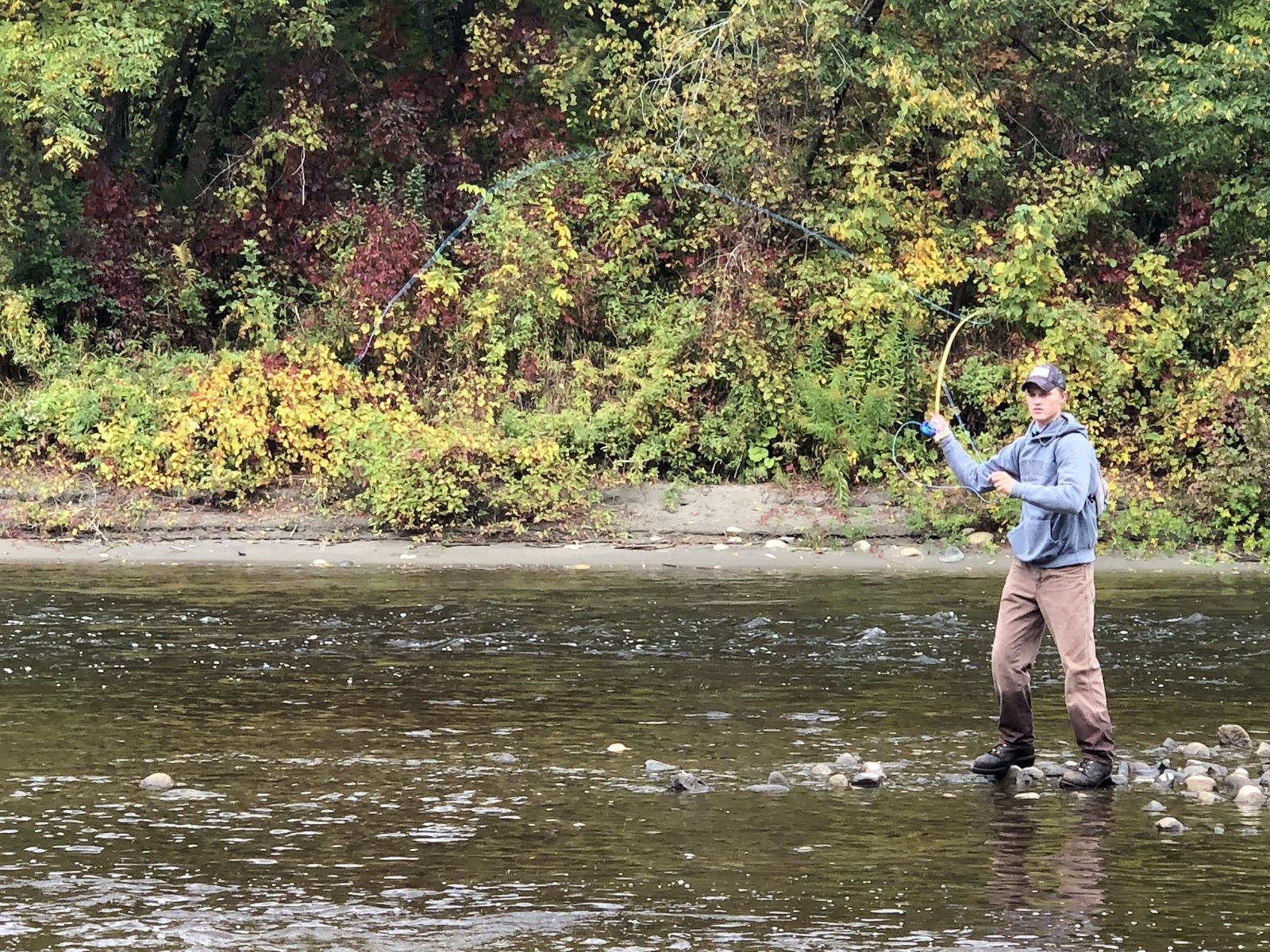
By Jessica Bakowski
This week we continued our outdoor recreation unit. Students immersed themselves in nature as we piloted a new lesson series on flyfishing and looked at backcountry hiking and camping by working with the AMC and hiking up to Lonesome Lake, a high altitude lake in the White Mountains.
In our new fly-fishing series, students learned about the ecology of river systems, including predator prey-relationships mimicked in the fly-tying process, fish habitat requirements, and the causes of river degradation that can impact these habitats. Part of this series was led by three of our students who facilitated the fly-tying process and helped other students tie their first fly. It was inspiring to see our students sharing their passion with their fellow classmates. We also had a guest speaker, fly fisherman John Lenzini, discuss fly-tying theory and the science involved in choosing the correct fly. This decision is informed by the time of year, the fish species and habitat, and the feeder species present in a given waterway. We then tested our hand-made flies in the Passumpsic River. While we did not catch any fish due to a recent rain event, but it was a successful learning experience nevertheless.
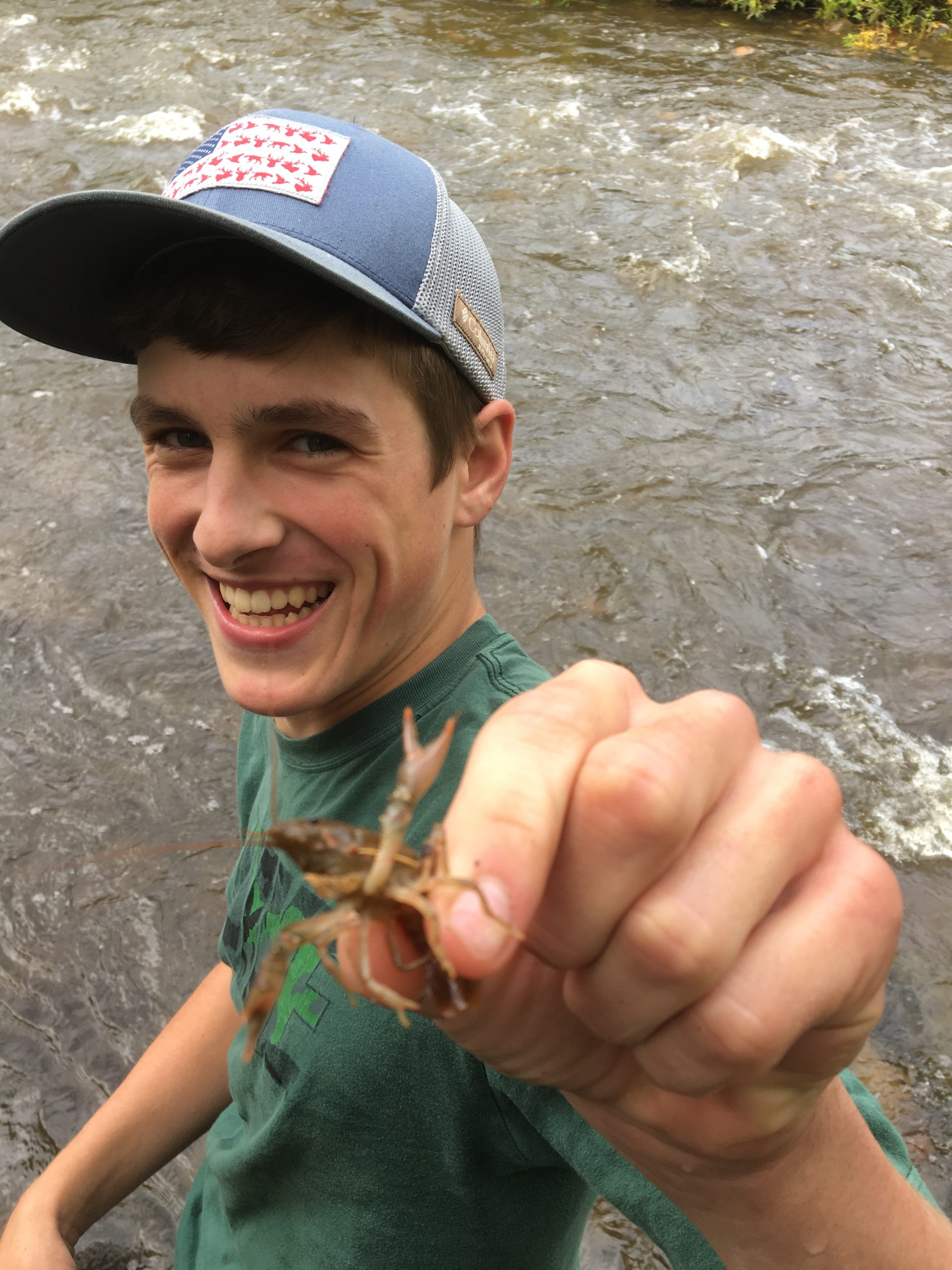
In discussing the economic, environmental, and social impacts of backcountry hiking and camping, students met with representatives of the Appalachian Mountain Club. Students hiked up one of the most heavily-trafficked trails in the White Mountains to the Lonesome Lake AMC hut. We discussed the impacts of recreational use on alpine vegetation, trail erosion and wildlife, as well as measures that the AMC is taking to reduce resource use at their huts. Students were able to take in the beauty of their surroundings while gaining a better understanding of the conflicts involved with increased use and sustainable utilization of such a unique natural area.
Monday, 9/23
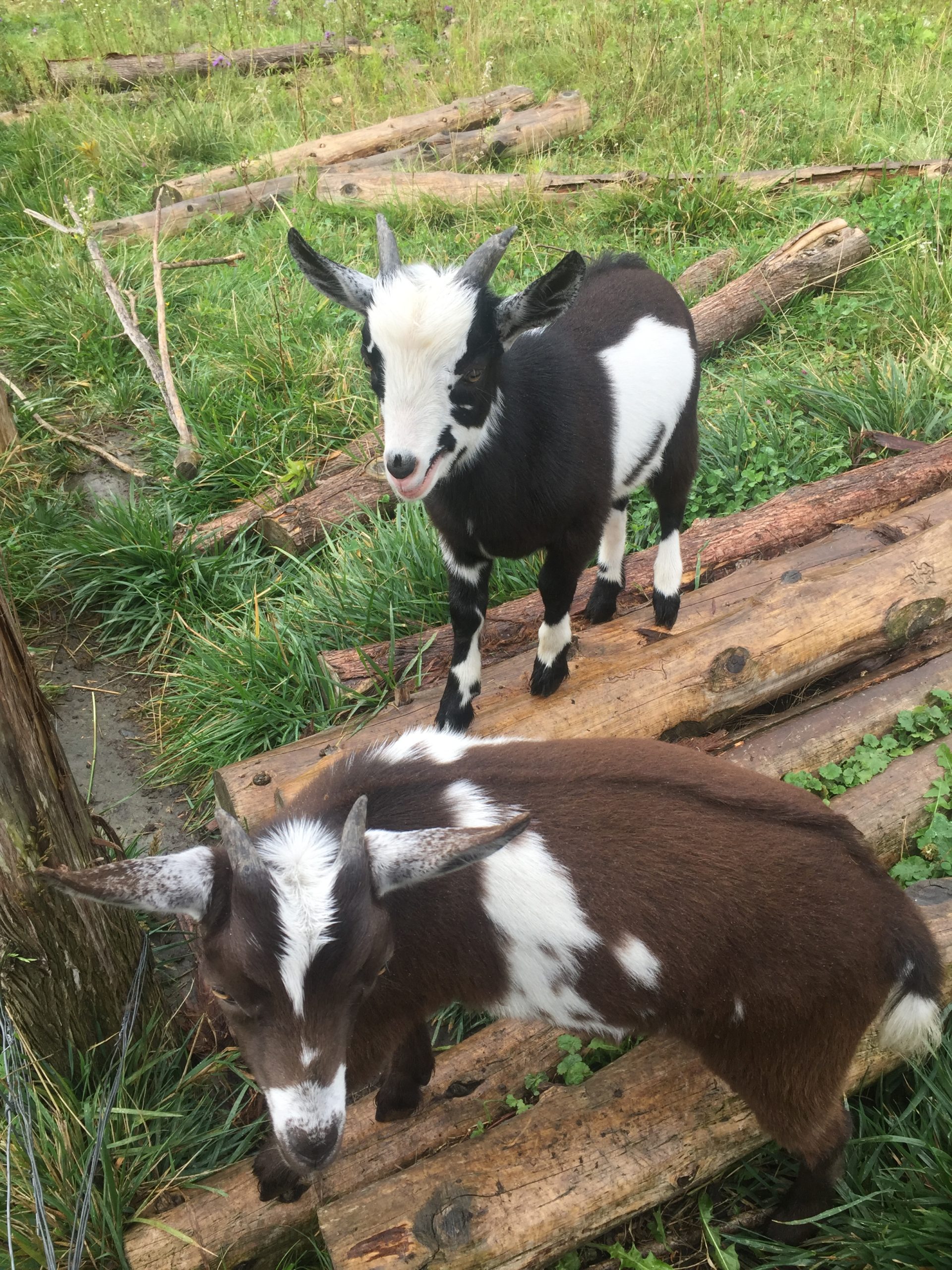
On Monday we visited the Jones Farm in St. Johnsbury, where Mitchell Jones talked to us about operating a small sustainable farm. Livestock os a part of their operation, with sheep, pigs, chickens, goats, and a cow on the premises. The farm generates revenue by selling the products that the animals produce. The sheep are shorn twice a year for their wool, and the sheep skins are also dried out and processed to be sold. The Jones’s sell eggs in their roadside farmstand. They also milk their goats. The other animals are sold for meat. The Jones’s market their products through their farmstand where they sell a number of different products including eggs, lamb meat, jams, and goat milk. Another thing they do to stay sustainable is by using rotational grazing in the summer, saving on feed costs. Having their animals rotationally graze also offers other benefits such as better nutrition for the animal and improved grass health.
Tuesday, 9/24
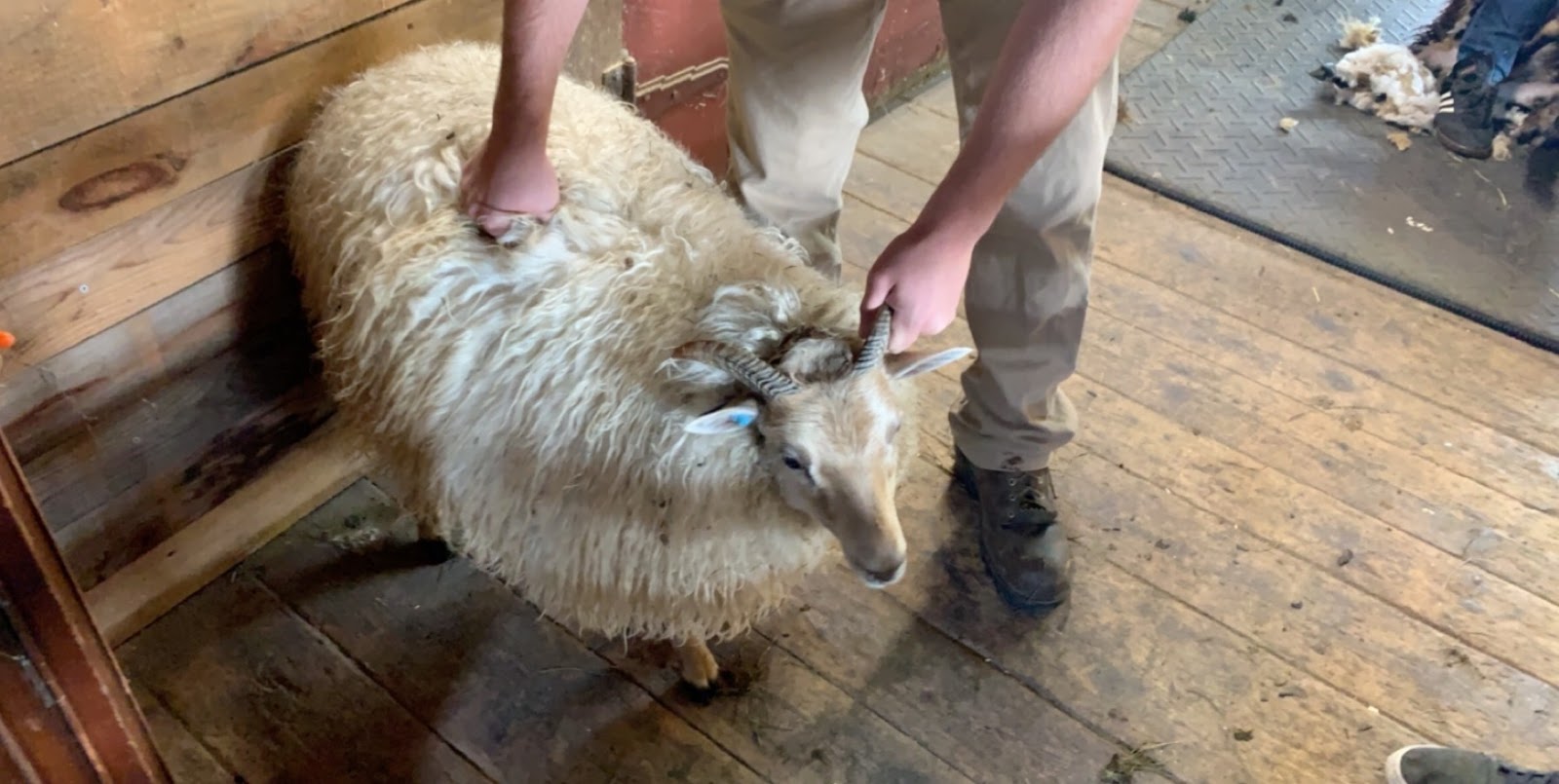
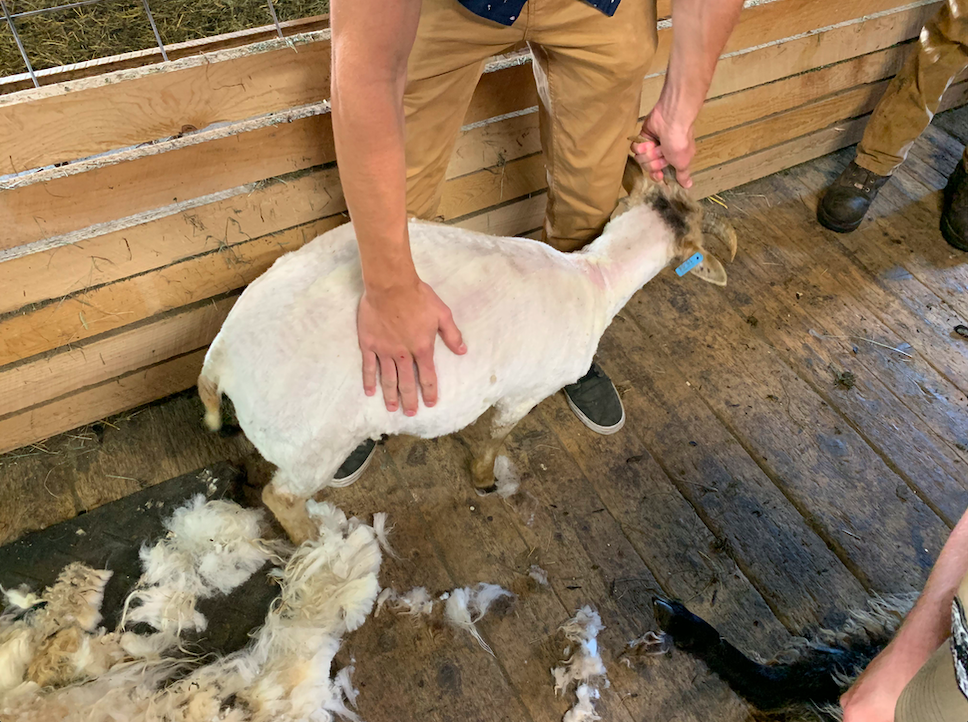
On Tuesday morning we returned to the Jones Farm for sheep shearing. Several of us went into the pen and grabbed the sheep by their horns and the wooly scruff on the “saddle” of the sheep. We led each sheep in, one at a time, to two stations. In the first station, Mr. Jones trimmed their hooves. In the second station, a professional sheared the sheep before letting them back into the pen. The wool was then taken from the floor to a table where it was picked through to take out the second cuts (short tufts of wool), fecal matter, hay, and other debris. It was then folded up and put into a labeled bag to be marketed at the Sheep and Wool Festival in Rhinebeck, NY.
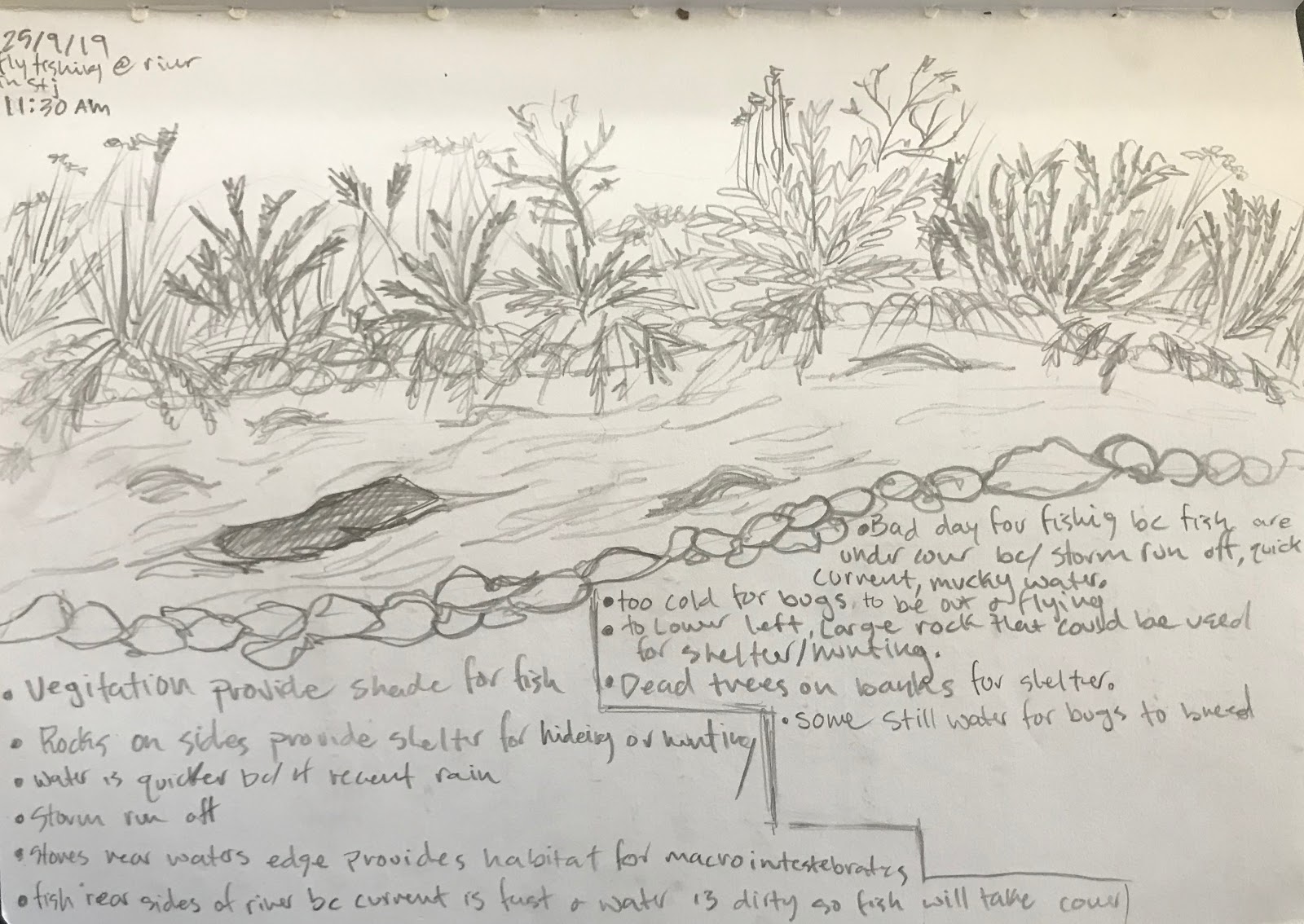
On Tuesday afternoon, we learned about fish habitat. We focused on trout because that’s what we would be fishing for the next day. We learned about the temperature they like, how they feed themselves, and what type of environment they can thrive in. This field journal entry notes why trout would want to live in this river and what makes it a suitable environment for them. Some of the things that trout need is cool clean water, shade, cover for hiding from predators and ambushing prey, and a gravily or pebbly surface for breeding.
Wednesday, 9/25
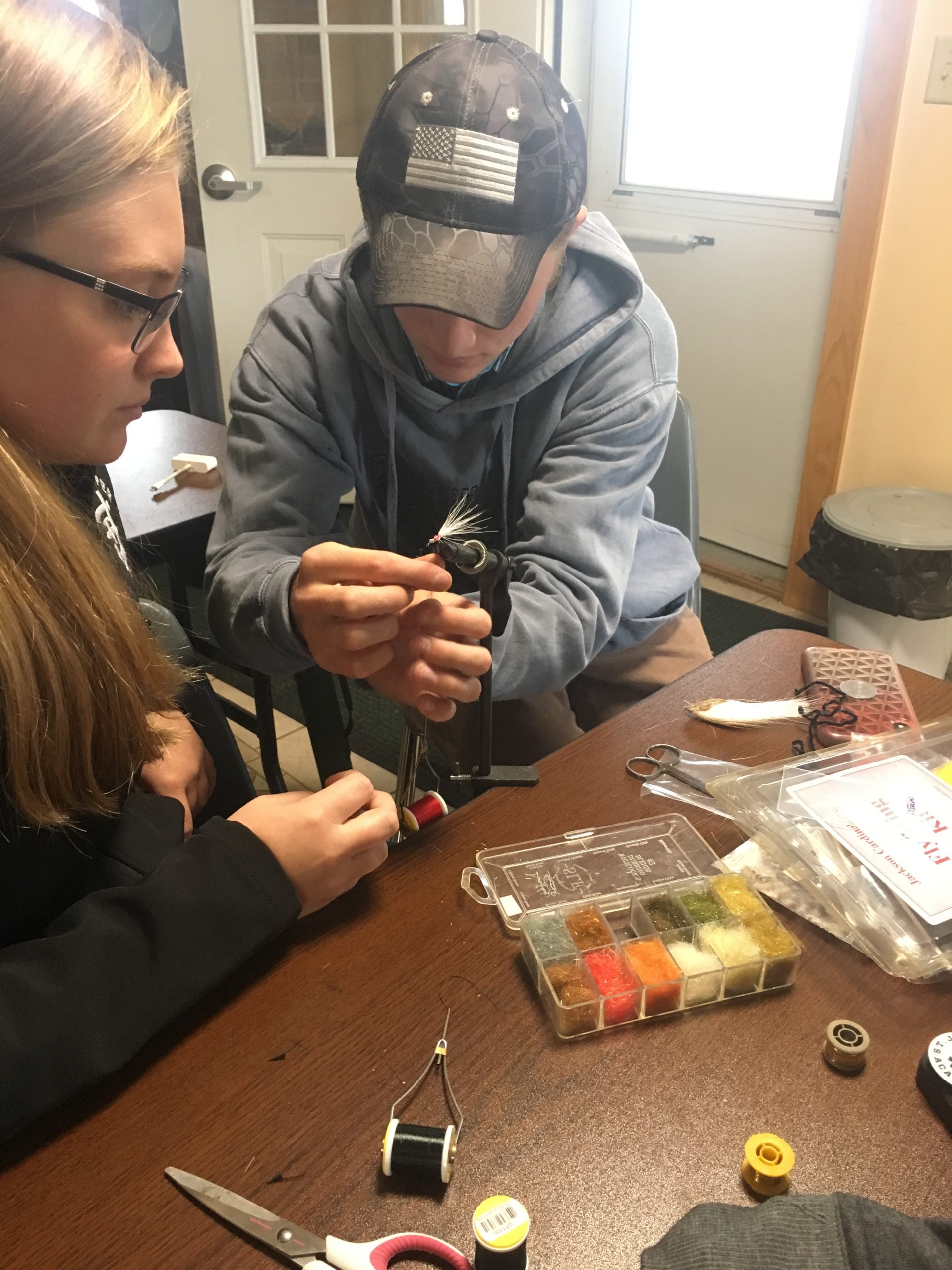
On Wednesday morning the Field Semester class learned how to tie flies. Tying flies requires knowledge of the different hatches of bugs that are occuring in the river ecosystem. Since there are different stages of a given hatch, the fly tyer needs to make choices about both the type of bug that he or she wants to imitate and the stage that the bug is in. The theory behind imitating the different stages of the bug’s life cycle is that the fisher can choose what materials to use based on what the trout is eating in the river at a specific time. With the help of two students who are experienced with fly tying, everyone in the class tied their own fly before going fishing.

Once we got to the Passumpsic, we quickly discovered that fly fishing is a skill that takes time to perfect. That being said, the reward of learning the art of casting and catching a fish on fly tackle is like no other. The fisher has to find an appropriate spot where they can cast. They then have to lay their fly in front of a fish without spooking it. Unlike normal fishing gear, the fisher has to keep full tension on the line at all times or they will lose the fish because the hooks are so small on flies. While the beginners in the group struggled to master these skills, everyone had fun. Unfortunately, we did not catch anything because there was heavy rainfall the day before which made the current fast and the water dirty.
Thursday, 9/26
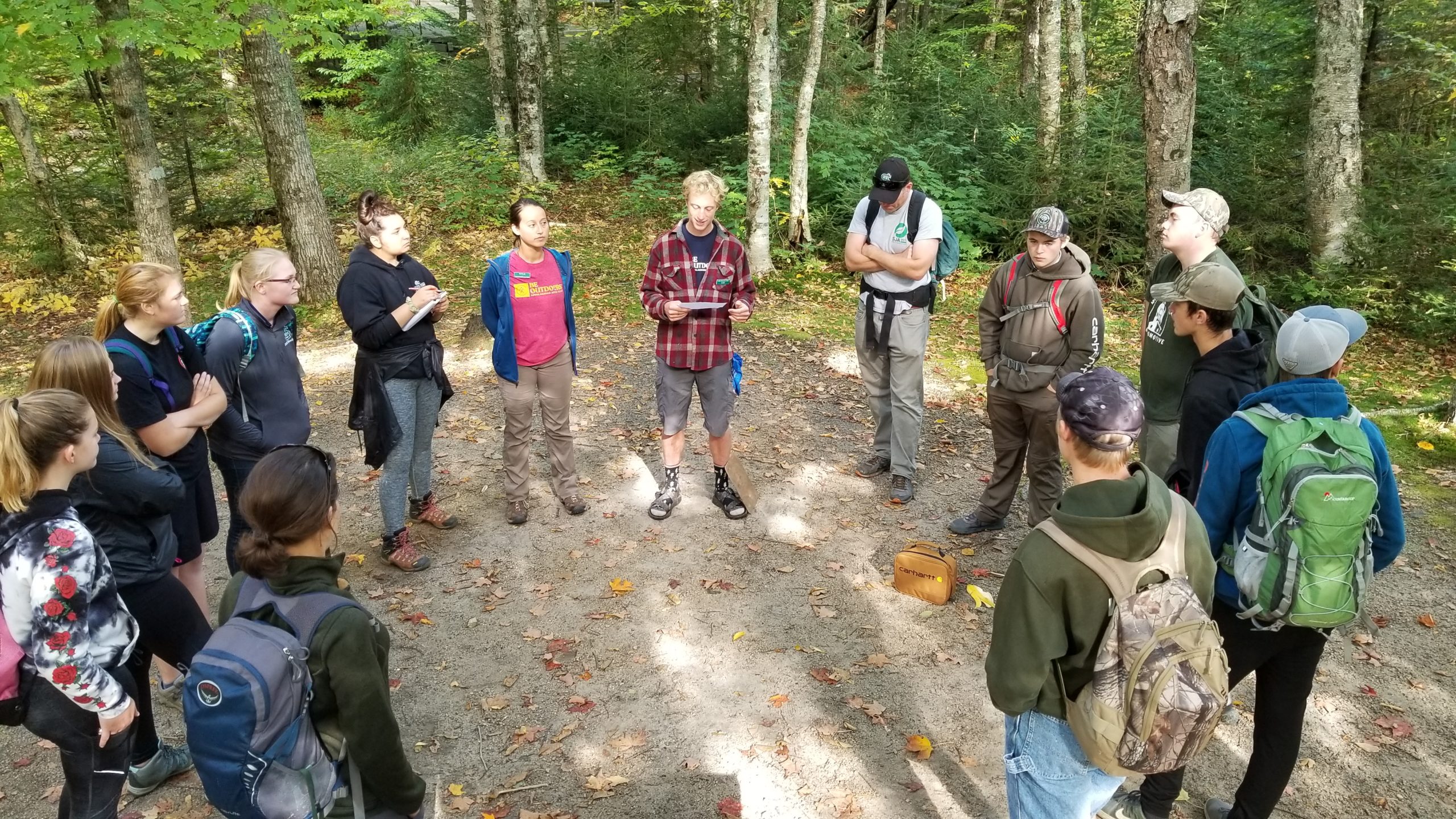
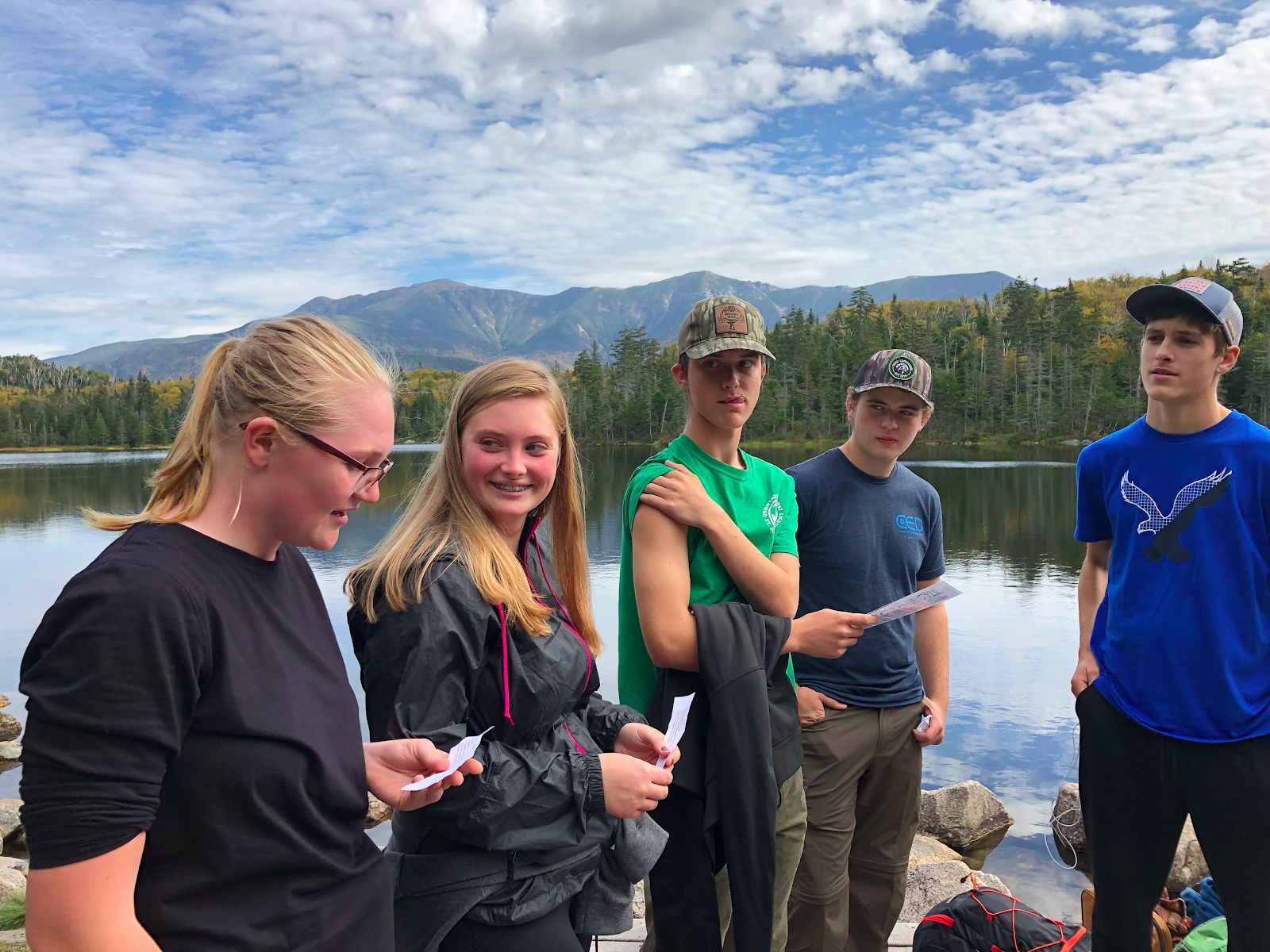
On Thursday, the group ventured into the White Mountains on the Lonesome Lake Trail. Our guides Kurt and Kaitlyn met us at the trailhead and gave us a bit of information about the mountain itself. We learned that the Wabanaki tribe lived in these mountains. The Appalachian Mountain Club was founded by a group of faculty members from MIT who wanted to explore the White Mountains due to how the mountains were romanticized in literature. They founded the AMC (Appalachian Mountain Club), building eight huts in the Whote Mountains. The AMC is a non-profit, so they generate revenue through club memberships and lodging. The huts are completely off the grid. They each have solar panels for energy, wells for water, and composting waste systems. Access to the huts is only possible by foot or helicopter. The huts provide breakfast and food all day long for lodgers and visitors. The huts are a great way to attract visitors. The Assistent Hut Master at Lonesome Lake said that the eight huts see about 40,000 lodgers per year.

